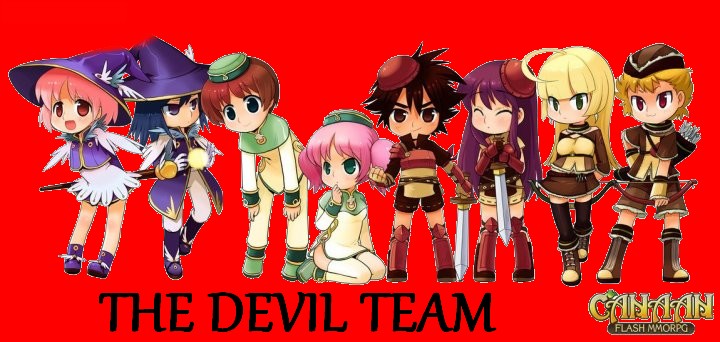
Periya Puranam In Tamil Pdf World
• • • The Thevaram (: தேவாரம் Thēvāram) denotes the first seven volumes of the, the twelve-volume collection of devotional poetry. All seven volumes are dedicated to the works of the three most prominent Tamil poets of the 7th century, the -,. The singing of Thevaram is continued as a hereditary practise in many Shiva temples in. In the tenth century, during the reign of, a collection of these songs was found abandoned in the temple, along with other religious literary works, and collated. It is during the that Saivism came of age and Thevaram, with its body of texts on rituals, philosophy and theology, was canonized.
Shiva Puranam (Tamil) From Hindupedia, the Hindu Encyclopedia. Jump to:navigation, search. Shiva Puranam By. Download patti labelle discography rapidshare download sites. You are the one who makes all the world.
The 276 temples revered by these verses are called paadal petra thalam and another 276 places having Shiva temples that are casually mentioned in the verses are classified as vaipu sthalam. It was Thevaram for Saivism and Nalayira Divya Prabandam for Vaishanvism. There are 796 of these songs with a total of more than 8200 stanzas. The three poets were not only involved in portraying their personal devotion to, but also involved a community of believers through their songs.
It is one of the important sources of Tamil, a movement that inspired the agricultural community. Contents • • • • • • • • • • Name [ ] The word Dēvāram means garland of poems to the lord Evolution [ ] Three stages have been identified in the evolution of Thevaram - first is the mark of Shiva as the supreme deity during the 7th - 9th century, the second involved kings initiating the compilation of all the hymns and installing the images of the 3 saint poets during the 10th to 11th century and the last being the restructuring done by the pontiffs of the who incorporated the hymns into Saiva Siddantha canon in the 13th century. Both the Saiva and Vaishnava textual tradition negated the Vedic orthodoxy and tradition practised during the era.
The authority of the hymns were established with the Saivities calling the Tevaram as Tamil Marai (meaning Tamil Veda), while Vaishnavities called the as Dravida Veda. The usage of Sanskrit liturgies for religion was overcome with the usage of Tamil in both Tevaram and Prabandham. Sangam literature established the convention of akam (internally orineted) and puram (externally orientated) poetry. Though influence of Sangam literature is often seen in Thevaram, the strict conventions were not followed. The verses were more oriented towards folk tradition, which was easily accessible to people. Poets [ ] The first three Tirumurais (meaning parts) of Tevaram are composed by, the next three by and the seventh one is composed. Appar and Thiru GnaanaSambanthar lived around the 7th century, while Sundarar lived in the 8th century.
During the Pallava period these three travelled extensively around offering discourses and songs characterised by an emotional devotion to Shiva and objections to, Jainism. Thiru GnaanaSambanthar is a 7th-century Holy Guru Paramaachariyaar (The great Teacher) born in SeeKaazhi, now wrongly called, and was believed to be breastfed by the goddess, whereupon he sang the first hymn. On the request of queen of, Thiru GnaanaSambanthar went on pilgrimage to south, defeated Jains in debate, the Jains' provocation of Sambandar by burning his house and challenging him to debate, and Thiru GnaanaSambanthar's eventual victory over them He was a contemporary of Appar, another Saiva saint. Information about Sambandhar comes mainly from the Periya Puranam, the eleventh-century Tamil book on the Nayanars that forms the last volume of the Tirumurai, along with the earlier Tiruttondartokai, poetry by and Nambiyandar Nambi's Tiru Tondar Tiruvandadi. A called Brahmapureesa Charitam is now lost. The first volumes of the Tirumurai contain three hundred and eighty-four poems of Sambanthar (in 4181 stanzas), all that survive out of a reputed more than 10,000 hymns. ThiruGnaanaSambanthar merged with Lord around the age of 16 in 655 CE on the day of his marriage.